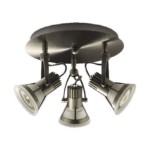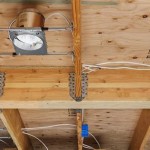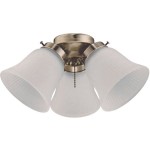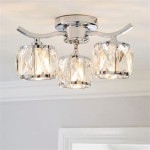Essential Aspects of Kitchen Ceiling Light Placement
Kitchen lighting is often overlooked, but it plays a vital role in creating a functional and inviting space. Proper ceiling light placement can ensure that your kitchen is well-lit, making it easier to prepare meals, clean, and entertain guests. Here are some essential aspects to consider when planning your kitchen ceiling light placement:
1. Task Lighting:
Task lighting is essential for providing focused light on specific areas of your kitchen, such as the countertops, sink, and stove. Pendant lights or recessed lights are commonly used for this purpose. Consider placing them directly above or near these areas to ensure adequate illumination for cooking, cleaning, and meal preparation.
2. Ambient Lighting:
Ambient lighting provides general illumination throughout the kitchen, creating a comfortable and welcoming atmosphere. Chandeliers, recessed lights, or track lighting are suitable choices for ambient lighting. Distribute them evenly across the ceiling to ensure consistent light levels and avoid dark corners.
3. Accent Lighting:
Accent lighting is used to highlight specific features or areas of your kitchen, such as a kitchen island, artwork, or open shelving. Wall-mounted sconces, under-cabinet lights, or recessed lights with adjustable beams can be used effectively for accent lighting. They add depth and visual interest to your kitchen.
4. Layering:
Combining different types of lighting, such as task lighting, ambient lighting, and accent lighting, creates a layered lighting scheme. This approach allows you to adjust the lighting levels and雰囲気 depending on the activity and time of day. For example, you can use task lighting for cooking and meal preparation, ambient lighting for general illumination, and accent lighting to highlight specific areas when entertaining guests.
5. Dimming and Controls:
Dimmers and lighting controls allow you to adjust the brightness of your kitchen lights, creating the desired ambiance and saving energy. Dimmers are particularly useful for accent and ambient lighting, allowing you to set the mood and adjust the light levels as needed. Smart lighting systems and motion sensors can also be integrated to enhance convenience and energy efficiency.
6. Height and Positioning:
The height and positioning of your kitchen ceiling lights are crucial for achieving optimal illumination. Pendant lights should be hung at a height that allows for sufficient headroom and prevents them from obstructing views or creating glare. Recessed lights should be evenly spaced and placed at a height that provides adequate light coverage. Consider the layout of your kitchen, the location of cabinets, and the overall design aesthetic when determining the height and positioning of your ceiling lights.
7. Color Temperature and Bulbs:
The color temperature of your kitchen lights can significantly impact the atmosphere and functionality of the space. Warm light (2700K-3000K) creates a cozy and inviting ambiance, while cool light (4000K-6000K) provides a bright and invigorating effect. Choose bulbs that emit the desired color temperature based on your personal preference and the intended use of the space. Energy-efficient LED bulbs are an excellent option, as they offer long-lasting performance and consume less energy.
Conclusion:
Proper kitchen ceiling light placement is crucial for creating a well-lit and functional space. By considering task lighting, ambient lighting, accent lighting, layering, dimming and controls, height and positioning, and color temperature, you can achieve the desired ambiance, enhance functionality, and create a beautiful and inviting kitchen space.

Kitchen Design Lighting Guide How To Light A

Kitchen Recessed Lighting Planning The Perfect Illumination

Perfect Kitchen Recessed Lighting Mr Potlight

Recessed Kitchen Lighting Reconsidered

Recessed Lighting Spacing How Many Lights Do I Need Far Apart Place My Jil Sonia Interior Designs

How To Layout Recessed Lighting In 5 Simple Steps Tutor

Kitchen Recessed Lighting Installation 3 Things To Consider Professional Electric

Correct Number Of Can Lights For 10 Kitchen With Their Layout

How Far Apart Do I Place My Pendant Lights In Kitchen Jil Sonia Interior Designs

How To Plan Your Kitchen Recessed Lighting 1stoplighting
Related Posts








